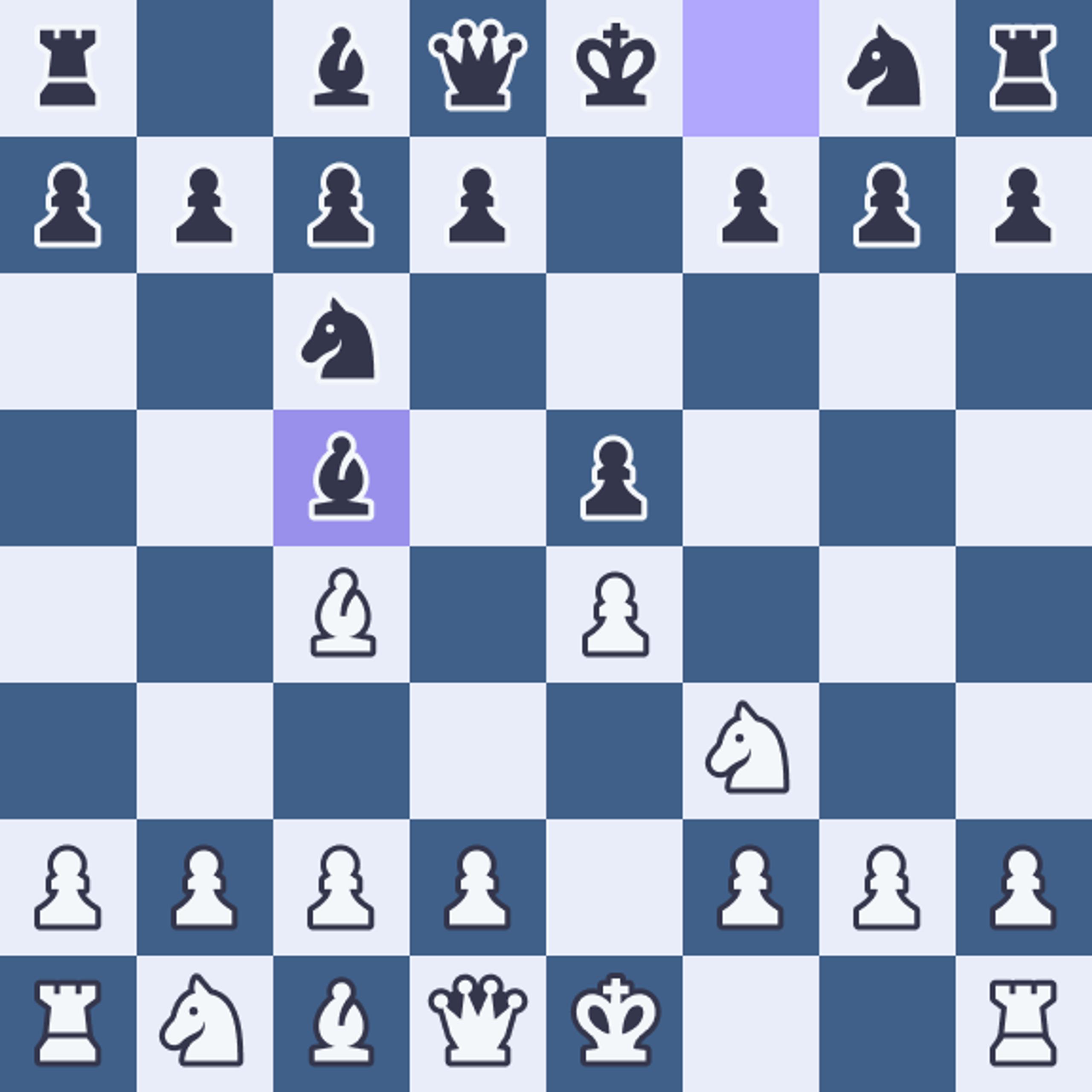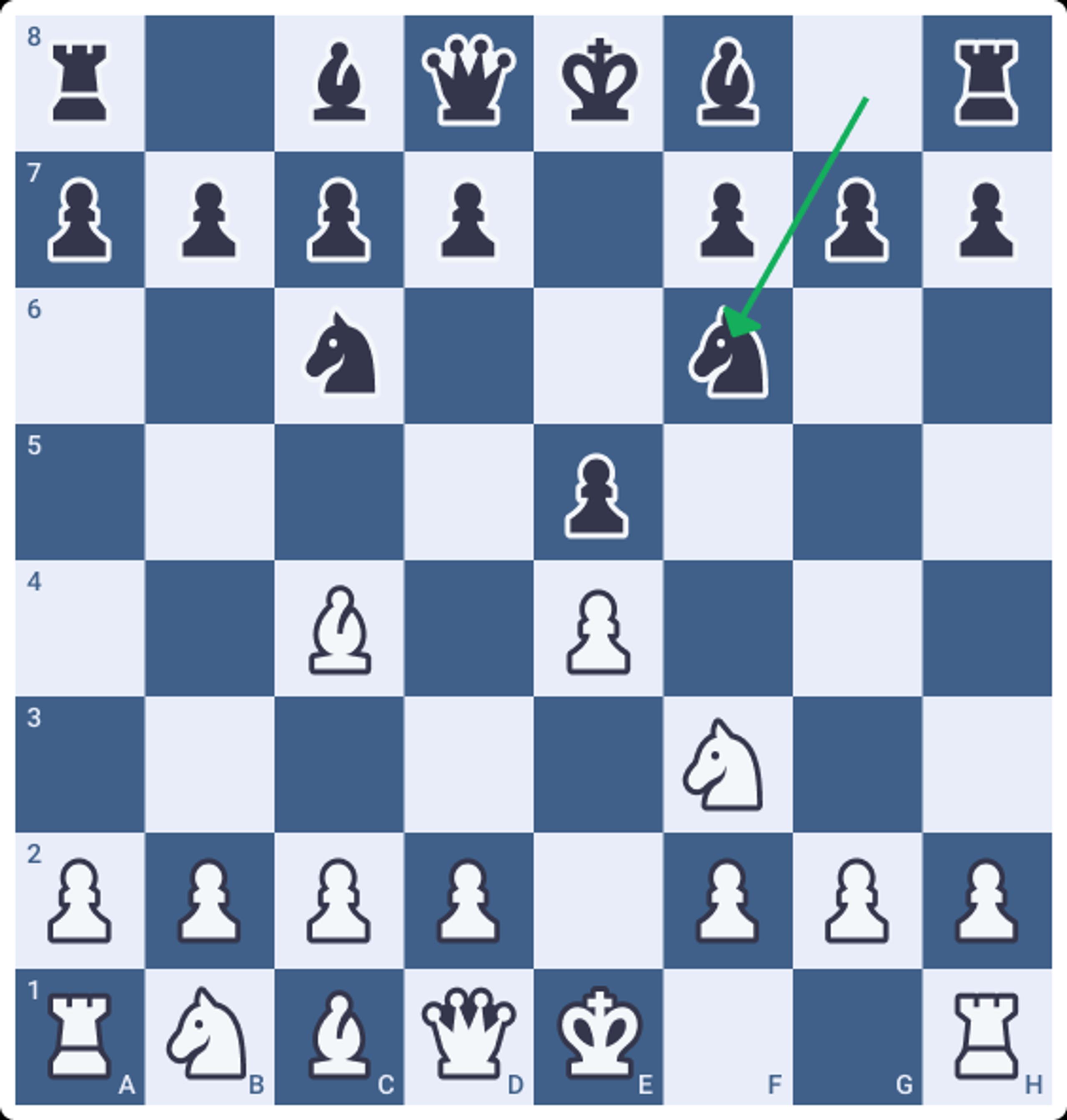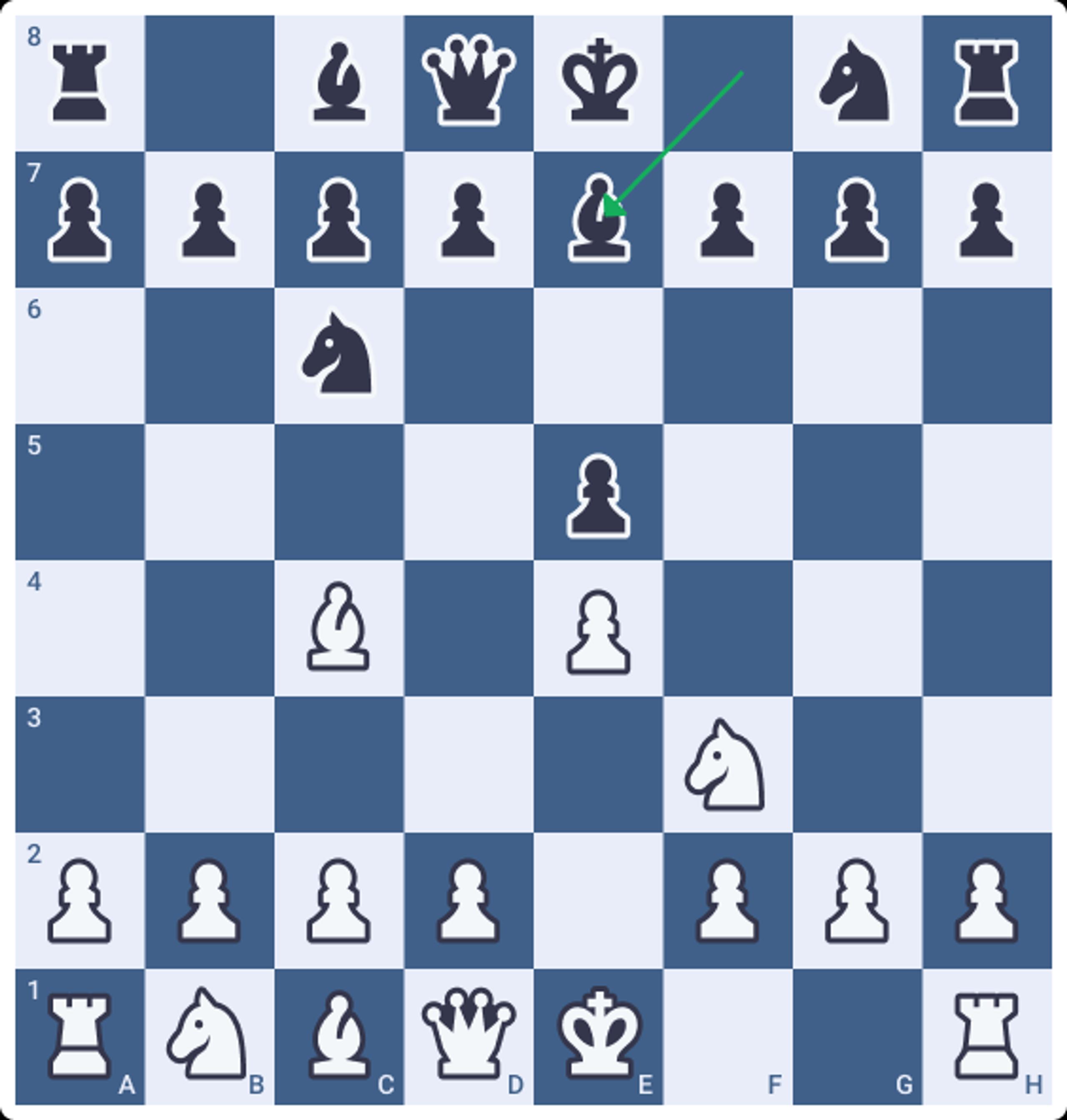♟️ Italian Game – Master the Classical Opening for Strategic Play

🚀 Why Play the Italian Game?
The Italian Game is one of the oldest and most enduring chess openings, dating back to the 16th century. Starting with: 1. e4 e5 2. Nf3 Nc6 3. Bc4. White develops the bishop to c4, targeting Black's vulnerable f7 square and aiming for rapid development and central control. This opening has been favored by legends like Gioachino Greco, Paul Morphy, and Magnus Carlsen, offering a blend of tactical opportunities and strategic depth.
1.e4 e5 2.Nf3 Nc6 3.Bc4
The Italian Game is a classical opening that emphasizes natural development and strategic play. It has been a favorite of many world champions throughout chess history.
This opening has been played by world champions like Gioachino Greco, Paul Morphy, and Magnus Carlsen, showcasing its enduring appeal at the highest levels.
🧠 Key Strategic Ideas in the Italian Game
For Black
- ✓Solid Development: Ensure timely development to counter White's plans
- ✓Counterplay: Seek opportunities to challenge White's center and exploit overextensions
- ✓Flexibility: Adapt to White's plans, choosing between solid and dynamic responses
For White
- ✓Central Control: Utilize moves like c3 and d4 to dominate the center
- ✓Kingside Attack: Prepare for attacks with maneuvers like Nd2–f1–g3 and pawn pushes like f4
- ✓Piece Coordination: Harmonize piece placement to maximize pressure on Black's position
📈 How to Train the Italian Game with ChessLine
Memorizing dozens of lines is NOT the goal. With ChessLine, you can:
- ✓ Build a personalized Italian Game repertoire tailored to your playing style and level
- ✓ Practice key ideas and moves using our integrated Move Trainer
- ✓ Explore AI-recommended lines that align with your typical positions
- ✓ Understand the rationale behind each move with guided strategy explanations
- ✓ Adapt your lines over time as you grow stronger and face diverse opponents
Main Variations of the Italian Game
The Italian Game branches into several key variations, each with its unique characteristics:

Giuoco Piano: 3...Bc5 leads to balanced positions with natural development. Common continuations include 4.c3 preparing d4, or 4.d3 for a more restrained approach.

Giuoco Pianissimo: Characterized by 4.d3, leading to slow, maneuvering battles. Emphasizes piece placement and long-term strategic plans.

Evans Gambit: 4.b4 sacrifices a pawn to accelerate development and launch an early attack. Leads to sharp, tactical positions requiring precise play.

Two Knights Defense: 3...Nf6 invites aggressive lines like the Fried Liver Attack. Offers dynamic and complex positions with tactical opportunities.

Hungarian Defense: 3...Be7 aims for a quiet game with solid development. Focuses on solid development and avoiding early complications.

🎯 Is the Italian Game Right for You?
Prefer classical openings with a rich historical background
Enjoy strategic maneuvering and positional play
Seek an opening that offers both solid and aggressive options
Want to develop your understanding of fundamental chess principles

Why This Opening Is a Top Choice
Proven Legacy: A cornerstone opening used by masters throughout chess history
Strategically Rich: Offers deep plans and positional themes
Flexible: Adaptable to various playing styles and preferences
Educational: Ideal for learning classical opening principles
Common Mistakes in the Italian Game
🚫 Neglecting Development: Overemphasis on early attacks can lead to underdeveloped positions
🚫 Premature Pawn Moves: Advancing pawns without proper support can create weaknesses
🚫 Ignoring Opponent's Threats: Failing to anticipate tactical shots like the Fried Liver Attack can be costly
📢 Ready to Master the Italian Game?
Train smarter with ChessLine:
Build your personalized Italian Game repertoire
Practice key ideas with our AI-powered Move Trainer
Understand your openings—not just memorize them
